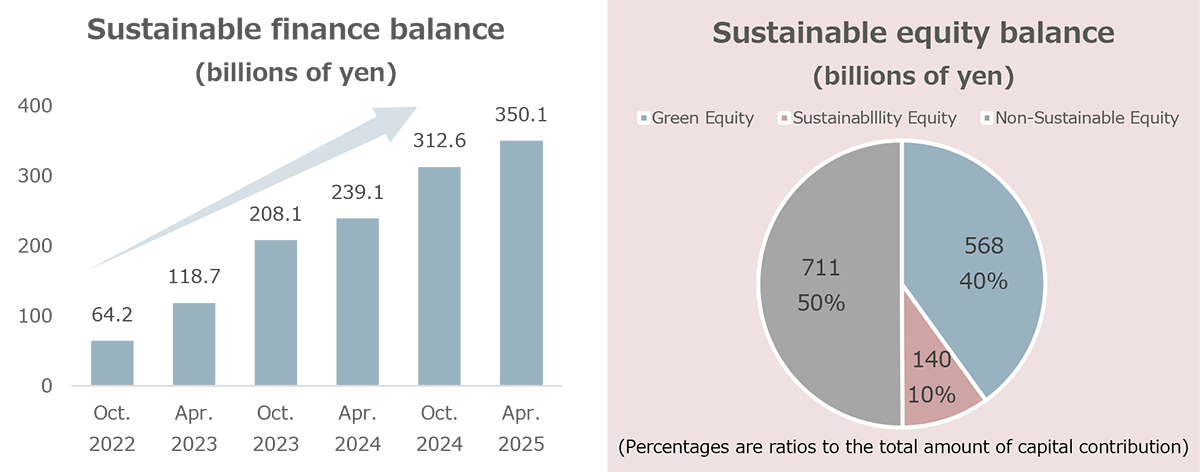Sustainable Equity
Overview of the Sustainable Equity
Hoshino Resorts REIT, Inc. (HRR) and Hoshino Resort Asset Management Co., Ltd. (Asset Management Company) believe that it is important to maximize investor value through ESG-conscious investment and asset management to improve the sustainability of HRR. Based on this belief, HRR has formulated a framework and raised funds through sustainable equity (Note 1) as part of its sustainability efforts.
It will not stop with fundraising through sustainable equity, etc. but will continue to contribute to the future through distinctive investment and asset management as it achieves its goal of creating shared value (CSV) aimed at solving social issues in accordance with its sustainability policy.
- Sustainable equity is the sum of sustainability equity and green equity.
Overview of Sustainable Equity Fundraising (As of May 1, 2025)

